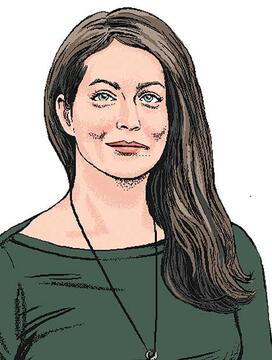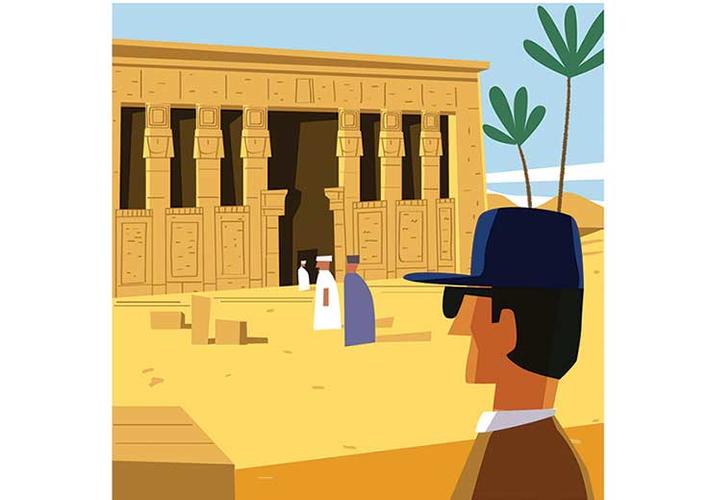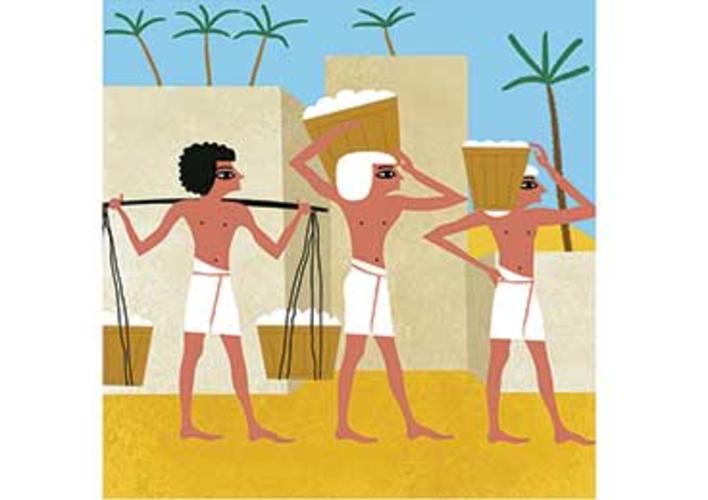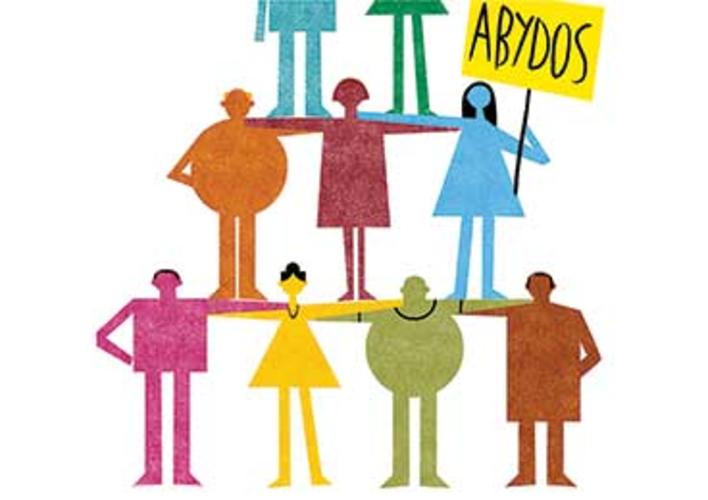Deborah Vischak Unearths Ancient Egyptian History

In college, Deborah Vischak became fascinated by the origins of ancient civilizations. She watched the first Gulf War unfold while taking a course on the ancient Near East. “There was all this conversation about Iraq in the media, and we were learning about how unbelievably deep the history [was],” she recalls.
That course increased Vischak’s interest in the history of the region and led to a curiosity about ancient Egypt, which was also linked to the area through cultural exchange by at least the fourth millennium BCE. While pursuing her Ph.D. in Egyptian art and archaeology, she completed field work at Abydos, the burial site of Egypt’s first kings and a major pilgrimage destination for the worship of Osiris, god of the dead.
Now a professor in the Department of Art and Archaeology and the co-director of the North Abydos Expedition, jointly sponsored by Princeton and New York University’s Institute of Fine Arts, Vischak balances teaching and research with the challenges of overseeing an active archaeological excavation.
Vischak’s Work: A Sampling
VISUAL ELEMENTS Vischak’s current book project, Self and Society in Ancient Egyptian Elite Tomb Monuments, reinterprets a series of Egyptian tombs built between 3500 and 1000 BCE. Her book considers how Egyptians understood the landscape around them, both as an inhabited space and as a key visual component of the monuments they created. Vischak’s approach to art history, with its focus on the physical environment, is influenced by her training as an archaeologist — as is her belief that the smallest fragment of pottery can and should be analyzed with the same depth and care as the most elaborate painted tomb.
BOUNTIFUL BREWS During an excavation trip at Abydos in the beginning of 2020, Vischak and her colleagues unearthed seven rows of beer-brewing vats. They estimate that the brewery contains more than 300 vats, each capable of holding up to 70 liters. Beer was a cornerstone of the ancient Egyptian diet, and depending on the number of brewing cycles, as many as 100,000 liters of beer could be produced per month. Vischak believes the brewery was probably administered by the state. She hypothesizes it supplied beer for the workers who constructed nearby royal monuments and also for rituals honoring the dead, as suggested by huge deposits of beer jars found near the kings’ tombs.
BUILDING COMMUNITY Advocacy and community outreach are key parts of Vischak’s role as co-director of the North Abydos Expedition. She is collaborating on a proposal to have Abydos designated as a World Heritage Site administered by the United Nations Educational, Scientific, and Cultural Organization (UNESCO). Vischak often brings local students to the site to help them feel connected to their heritage. She also recently installed the site’s first informational signs to help make Abydos more accessible to tourists.While Vischak says the research is important, it’s more meaningful to do “what we can to make [Abydos] of value to the community,” she says.













No responses yet